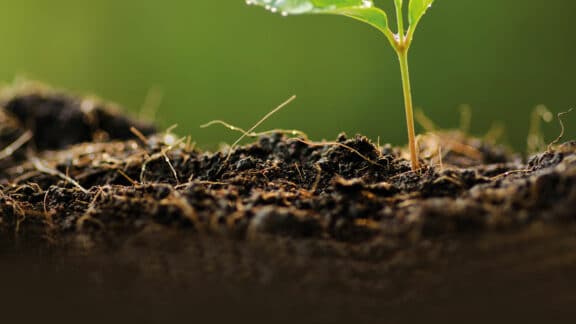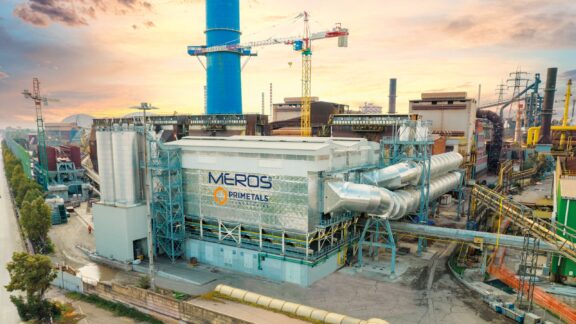 Emissions Control & Carbon-Related Technologies
Emissions Control & Carbon-Related Technologies
Air is the invisible element, but humans, animals, and plants nonetheless depend on it. Without it, the element of fire—so crucial for everything from sunlight to metals production—would cease to exist. Air must not be overlooked, and indeed, it has received more global attention of late as efforts to tackle emissions directly or indirectly address the quality of the air we breathe each day.
When it comes to emissions, carbon dioxide is currently dominating the conversation. Most of the world’s climate scientists conclude that the human factor is playing a critical role in global warming and that corrective action is overdue. Part of the solution is a reduction in carbon emissions on the production side, and Primetals Technologies has developed solutions that will bring about lasting change, especially in the upstream area (see “Fire” and “Earth”). But innovations in the field of carbon capture, utilization, and storage are important additions to the long-term decarbonization strategy of many sectors, including the metals industry. But air quality—and emissions—do not solely depend upon carbon neutrality.
Dust, dioxins, heavy metals, sulphur and nitrogen oxides, and organic compounds were traditionally also emitted into the atmosphere during steel production, causing environmental impact. Solutions such as the MEROS off-gas cleaning system have successfully taken care of this problem, achieving a 99 percent reduction in emissions of potentially harmful substances. Even though MEROS was initially designed to work with sinter and pelletizing plants, the technology has since been adapted for use with power plants and in the iron- and steelmaking stages (MERIM and MERCON, respectively). Sinter plants remain an important target, and advanced waste-gas recirculation solutions are making their contribution to increased energy efficiency.
MEROS OFF-GAS CLEANING
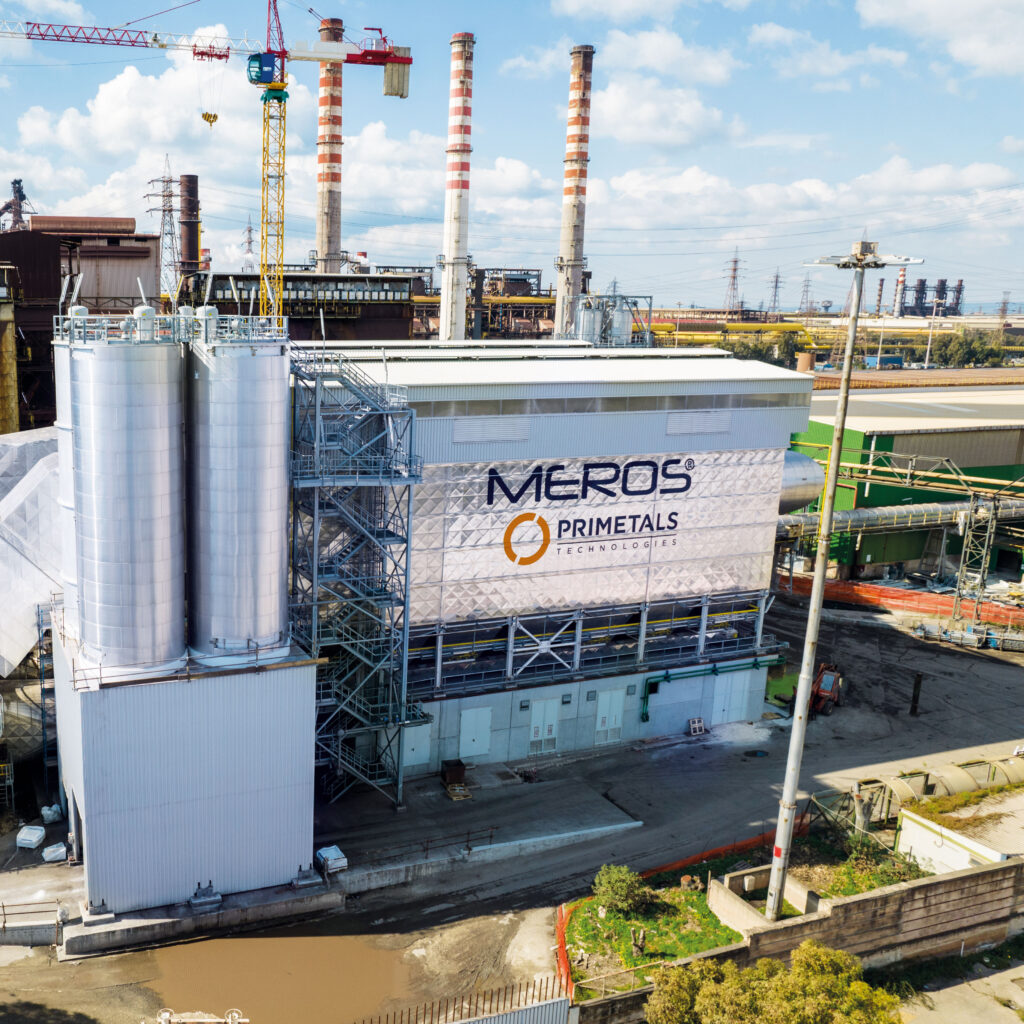
Historically, sinter plants were often regarded to be among the most environmentally problematic production units of a steel plant. Sinter plant off-gas contained large amounts of dust, sulfur and nitrogen oxides, heavy metals such as mercury, cadmium, and lead, as well as potentially harmful organic compounds. Wet dedusting technologies were developed and implemented, but those generated new challenges like water pollution. MEROS changed all that: a dry-dedusting solution and a “best available technology,” MEROS removes up to 99 percent of the relevant substances, which can then be recycled and reused via the By-Product Leaching process. Currently, no fewer than seven MEROS units are being implemented at an Italian steel plant. Read more in “A Breath of Fresh Air.”
SELECTIVE WASTE-GAS RECIRCULATION
The Selective Waste-Gas Recirculation system optimizes a sinter plant’s energy consumption. It also reduces the volume of waste-gas that needs to be cleaned by choosing which portion of the waste gas to re-introduce into the sinter strand. Different wind boxes can be selected for recirculation. Only a small quantity of fresh air needs to be added to the recirculation-gas stream to ensure the oxygen content required for the production of high-quality sinter. The recirculated gas is sent through the sinter strand, which acts as an additional filter and utilizes the carbon monoxide and heat as energy sources. The result is a lower coke consumption in the sintering process and a reduction in sulfur dioxide and carbon emissions, as well as other harmful substances. Read more in “Greener Sintering for China.”
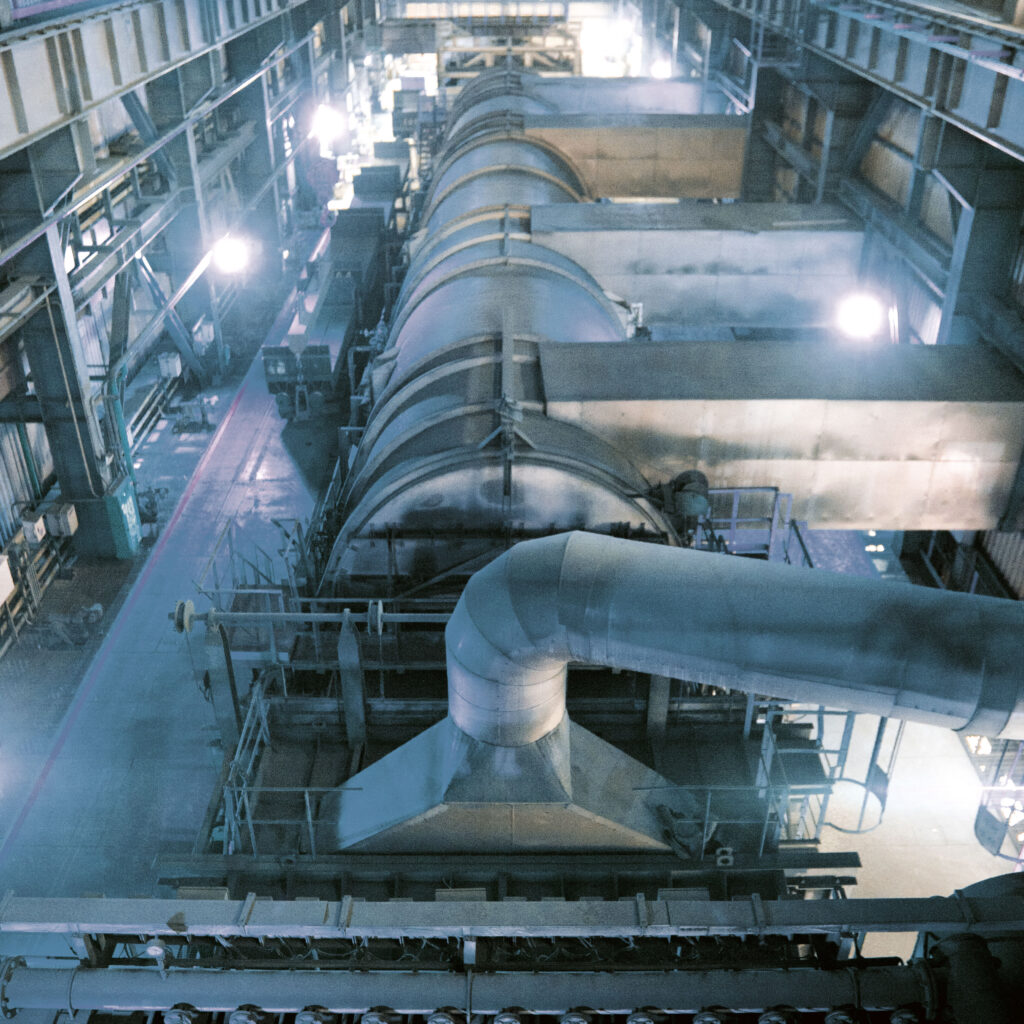
CARBON CAPTURE, UTILIZATION, AND STORAGE (CCUS)
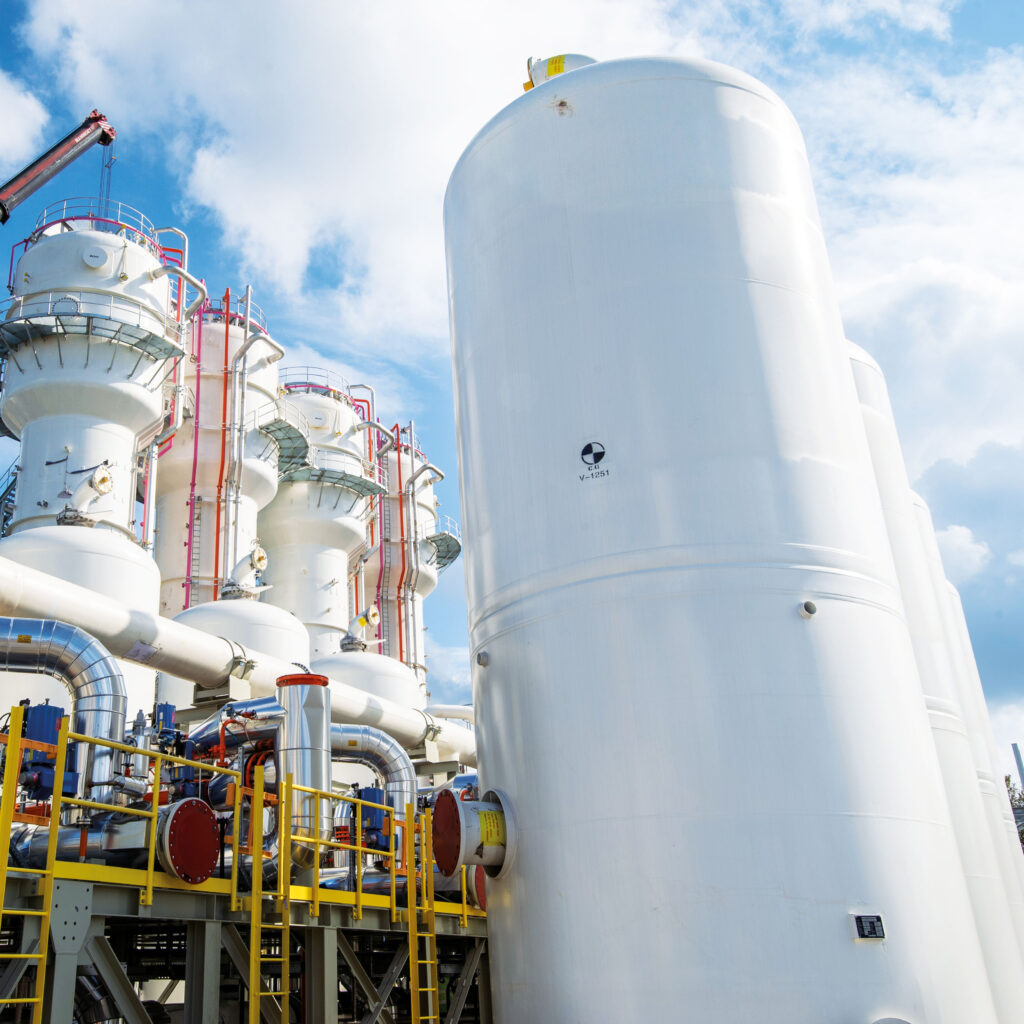
Primetals Technologies is pioneering carbon capture and utilization in metals production via its participation in LanzaTech‘s gas fermentation effort. The solution, which Primetals Technologies is co-developing as a project partner, uses microbial fermentation of carbon- and hydrogen-rich waste-gases to produce biofuel and other basic chemicals. This process works with blast-furnace top gas, coke-oven gas, and off-gases from converter steelmaking and direct reduction. Since Primetals Technologies is part of the larger Mitsubishi Heavy Industries Group, it is in a unique position to move the world of metals production further toward green steel, thanks to MHI’s expertise and already decades-long experience in the field of carbon capture with the proven KM CDR process.
 Emissions Control & Carbon-Related Technologies
Emissions Control & Carbon-Related Technologies
